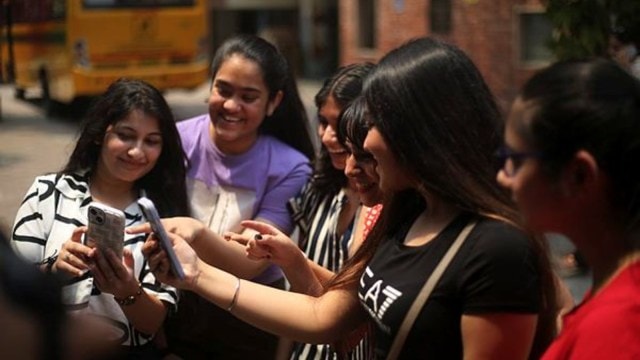
Year-wise female representation at IITs (overall)
According to the Joint Implementation Committee (JIC) reports from 2020 to 2025, female enrolment has seen only marginal shifts. In 2020, women constituted 19.90 per cent of the total 16,061 seats filled, and in 2025, they account for 20.15 per cent of the 18,188 seats allotted.
Story continues below this ad
While the absolute number of women admitted has gone up due to the rise in overall IIT intake, from 16,053 seats in 2020 to 18,168 in 2025, the proportion of women students has remained nearly flat.
Variation across IITs
At the older IITs, female representation has shown only marginal shifts over the years. At IIT Bombay, women accounted for 20.04 per cent in 2020, 19.80 per cent in 2021, 19.9 per cent in 2022, 19.5 per cent in 2023, 20.3 per cent in 2024, and 19.57 per cent in 2025. Similarly, at IIT Delhi, the share of women has stayed relatively stable — 20.5 per cent in 2020, 20.25 per cent in 2021, 20.4 per cent in 2022, 20.3 per cent in 2023, 20.7 per cent in 2024, and 20.63 per cent in 2025.
At IIT Madras, representation has hovered slightly higher, ranging from 20.72 per cent in 2020, 20.26 per cent in 2021, 20.5 per cent in 2022, 20.5 per cent in 2023, 20.5 per cent in 2024, to 21.09 per cent in 2025, making it one of the better-performing older IITs in terms of gender balance.
Story continues below this ad
In contrast, IIT Kharagpur has consistently remained below the IIT average, with women comprising 17.87 per cent in 2020, 17.73 per cent in 2021, 17.7 per cent in 2022, 17.6 per cent in 2023, 19 per cent in 2024, and 19.19 per cent in 2025.
Some newer IITs like the IIT Goa (20% in 2025), Tirupati (21.57%), and Jammu (20%) show better gender ratios. In contrast, larger and older campuses such as IIT Kharagpur (19.19%) and IIT Bombay (19.57%) continue to lag below the national average.
The IITs began introducing supernumerary seats for women in 2018 to address the low intake of female students, which was then in single digits at several campuses. The policy aimed to push female representation to 20% by 2020, a goal that has technically been achieved but not substantially exceeded.

































